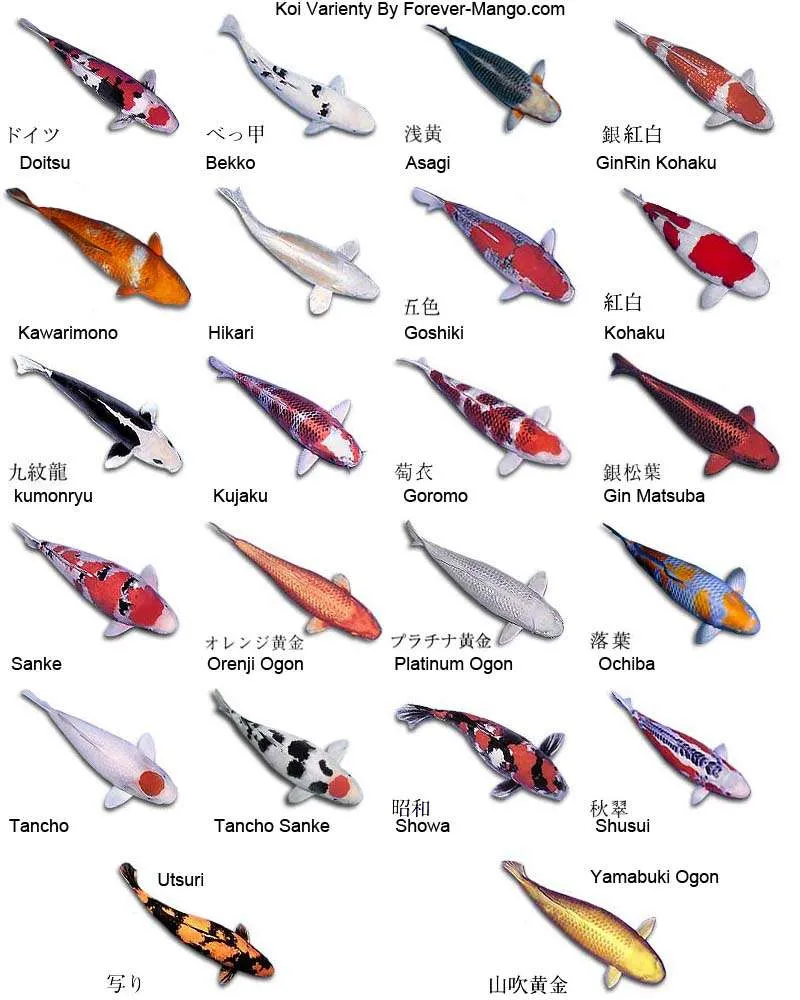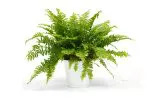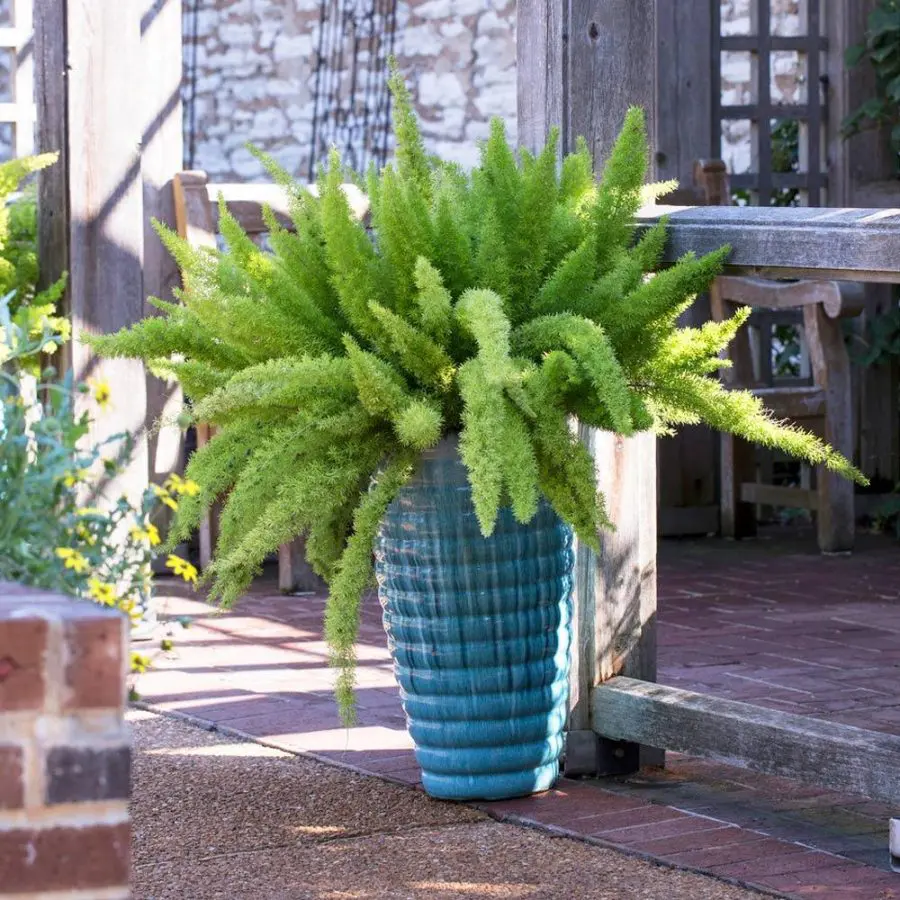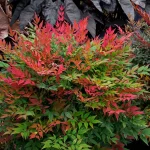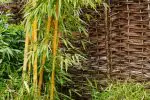This post contains affiliate links. If you buy something from one of our links we may earn a commission. Thanks
Let’s dive into the world of different types of koi fish! From Kohaku to Sanke and more, discover the unique colors and markings that make these fish a backyard pond favorite.
Different Types Of Koi Fish
Different types of Koi Fish include Kohaku, Sanke, Showa, Utsurimono, Bekko, Asagi, Shusui, Koromo, Kawarimono, Hikarimuji, Hikarimoyo, and Tancho. Each type has unique color patterns and qualities, making Koi Fish a diverse and beautiful species for ponds and water gardens.
Ready to dive into the colorful world of different types of koi fish?
These stunning fish are a popular choice for backyard ponds and come in a range of unique colors and markings that will leave you mesmerized.
Whether you’re a seasoned koi enthusiast or just starting out, there’s always something new to learn about these beautiful creatures.
So, let’s explore the world of different types of koi fish and discover what makes each variety so special!
Koi fish are a beautiful and popular addition to many backyard ponds, but with so many different varieties to choose from, it can be difficult to know where to start.
Koi or more specifically nishikigoi (Japanese: [ɲiɕi̥kiꜜɡoi], literally “brocaded carp”), are colored varieties of the Amur carp (Cyprinus rubrofuscus) that are kept for decorative purposes in outdoor koi ponds or water gardens.
Koi is an informal name for the colored variants of C. rubrofuscus kept for ornamental purposes. There are many varieties of ornamental koi, originating from breeding that began in Niigata, Japan in the early 19th century.
Several varieties are recognized by the Japanese, distinguished by coloration, patterning, and scalation. Some of the major colors are white, black, red, orange, yellow, blue, brown and cream, besides metallic shades like gold and silver-white (‘platinum’) scales.
The most popular category of koi is the Gosanke, which is made up of the Kōhaku, Taishō Sanshoku and Shōwa Sanshoku varieties. https://en.wikipedia.org/wiki/Koi
Japanese koi fish names
Telling koi varieties apart can be confusing, and the Japanese koi fish names used to describe them can make it feel like learning a new language.
In this blog post, we will explore the different types of koi, how they are classified, and tips for selecting the perfect koi for your pond.
There are many different types of koi and telling koi varieties apart can be confusing and sometimes even the experts argue about how to classify them.
To make matters more confusing all the terms used to describe koi fish are Japanese so learning to tell different varieties of koi apart is a bit like learning a new language.
Different Types Of Koi Keepers
Other koi keepers like the look of a certain breed they saw and want to identify and keep that variety.
I suspect that the vast majority of pond owners, after a sometimes long process of designing and building a koi pond, just want to stock it with koi fish that they find attractive.
They may want to know the general type of koi in their pond but don’t need to differentiate like someone who breeds or shows koi.
Butterfly koi with their long flowing fins are very popular here in the US but are not considered a true koi variety by many serious breeders. Perhaps that perception will change over time.
Many koi fish are simply classed as garden koi. They are of no particular variety but are beautiful just the same and also considerably less expensive.
How Koi Varieties Are Classified
Without getting overly detailed the types of koi are classified by several factors, the first being whether they lack scales or the type of scales they have.
Doitsu is the term used for koi without scales. Some koi have reflective scales these are called KinGinRin.
There are different names to describe the shape, placement, and coloration of the scales.
The main way that the different koi types are identified is by their coloring and markings.
And this is where things can get a bit confusing because of the wide variety of combinations possible.
Is the fish black with red and white markings or is it white with black and red markings? The first would be a Showa the second a Sanke.
The three main varieties of koi are Kohaku which are red and white, Sanke which are white with red and black markings and Showa which are black with white and red markings.
There are many other koi types, and their colors and patterns can change over time.
So, you may buy a Sanke and wind up with a Showa. This is one reason why older koi bring a premium because they have stabilized.
Finally, types of koi are differentiated by whether they have a metallic or nonmetallic sheen. Generally, the black and red varieties are nonmetallic.
My preferences are for Sanke but yours may be different. Spend some time looking at varieties and develop your own preferences.
There are many different types of koi to choose from.
Personally, I am less concerned about variety than about how an individual fish looks.
After a while, you will develop a feel for what makes a good fish regardless of what variety it is. Below is a chart that shows the different types of koi.
Koi Types Chart
Below is a koi types chart with koi fish names and pictures that may help make the different types of koi fish a bit clearer.
Different Types Of Koi Fish Final Thoughts
Koi fish come in many different varieties, each with its own unique coloring and markings.
While it can be confusing to tell them apart, learning about the different types of koi can help you make an informed decision when selecting fish for your pond.
Keep in mind that koi markings can change over time and that your preferences may change as well.
Ultimately, the most important thing is to select koi that you find beautiful and that will thrive in your pond.
With so many different types of koi fish to choose from, the possibilities are endless. Read more about koi fish history.
Koi Fish FAQs
Koi Fish, revered for their vibrant colors and patterns, is a centerpiece in many outdoor ponds and water gardens.
These charming fish are not only aesthetically pleasing but also have a rich history and symbolic meaning in several cultures.
However, keeping Koi Fish requires a certain level of care and understanding to maintain their health and vivacity.
Here are some frequently asked questions to guide you through the essentials of Koi Fish care and maintenance.
Q. How should I introduce Koi to a new pond?
A. When introducing Koi to a new pond, it’s crucial to let them acclimate and stabilize before placing them directly in the pond.
Quarantine them in tanks of around 50 gallons per three fish, gradually introducing pond water to their holding water to help them acclimate to the new water conditions.
Q. What are the water quality requirements for Koi Fish?
A. Maintaining high water quality is essential for the health of Koi Fish. The water should be well-aerated and very clean. Implementing a waterfall feature or using a powerful air pump or fountain can help keep the water moving and aerated.
Additionally, a strong filter, preferably paired with a bottom drain, can help keep the pond clean and suitable for the Koi .
Q. What are the common diseases that Koi Fish may encounter?
A. Koi Fish can be susceptible to various diseases including parasitic infestations, bacterial infections, and fungal diseases.
Some common diseases include Koi Herpes Virus, Ich (Ichthyophthirius multifiliis), and Fin Rot.
It’s important to monitor the health of your Koi, maintain high water quality, and consult with a vet experienced with Koi if you notice any unusual symptoms.
Q. How do you propagate Koi Fish?
A. Propagating Koi Fish typically involves breeding them, which requires a suitable environment and an understanding of their breeding habits.
Breeding Koi involves having a mix of male and female fish, providing a suitable spawning environment, and ensuring the water conditions are optimal for breeding.
Once the eggs are laid and fertilized, they’ll hatch into fry and will require careful management to ensure they grow healthily.
These FAQs provide a glimpse into the diverse and captivating world of Koi Fishkeeping.
Whether you’re a seasoned aquarist or a newcomer to the hobby, understanding the basics of Koi Fish care is the stepping stone to enjoying the serene beauty these fish bring to any aquatic setting.
Read more: Water Gardening for Beginners: 11 Tips For Successful Water Gardens

